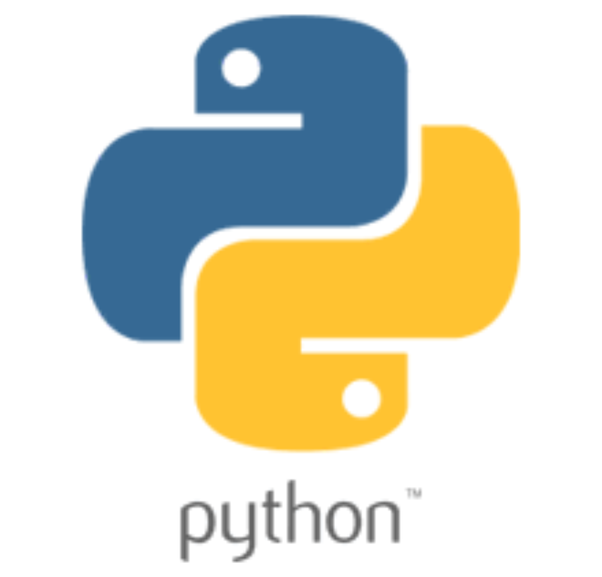Beginning Programming in Python
Fall 2019

Agenda
- Tuples
- Lists
- List comprehensions
- Iterators vs. lists
- Generators and the yield keyword
tuples
- An ordered sequence of elements, can mix element types
- Cannot change element values, "immutable"
- Represented with parentheses
# A tuple
x = ("Paris Hilton", 1981)
type(x)
# You can address the members of a tuple using indices
x[0]
# A tuple of length one is specified like this
x = (1,)
# Note x is not a tuple here, as the interpretor just simplifies out the brackets
x = (1)
# Slicing works just like with strings:
x = ("a", "sequence", "of", "strings")
x[1:]
tuples
- Conveniently used to swap variable values
- Used to return more than one value from a function
def quotient_and_remainder (x, y):
q = x // y
r = x % y
return (q, r)
(quot, rem) = quotient_and_remainder (4, 5)
tuples
- Immutable
- Length
- In operator
julia = ("Julia", "Roberts", 1967, "Duplicity", 2009, "Actress", "Atlanta, Georgia")
len(julia) # The length of the tuple
x = ("a", "sequence", "of", "strings")
x[0] = "the" # Error
# To make edited tuples from existing tuples you therefore slice and dice them
print(("the",) + x[1:])# Like strings we can do search in tuples using the in operator:
5 in (1, 2, 3, 4, 5, 6)
5 not in (1, 2, 3, 4, 5, 6)Tuple assignment
Multiple return values
Nested/composed tuples
tuple comparison
Lists
- An ordered sequence of information, accessible by index
- A list is denoted by sequence brackets "[ ]"
- A list contains elements
- Usually homogeneous
- Can contain mixed types
- List elements can be changed, so a list is mutable

List functions - review
5 minutes break!
Lists are mutable
- Lists are mutable
- Assigning to an element at an index changes the value
- L is now [2, 5, 3], note this is the same object L
L = [2, 1, 3]
L[1] = 5
List mutability
Conversion and nesting
Aliasing vs. cloning
aliasing
0
Advanced issues found▲
- "hot" is an alias for "warm" - changing one changes the other
- For example, here "append" has a side effect
a = 1
b = a
print(a)
print(b)
warm = ['red', 'yellow', 'orange']
hot = warm
hot.append('pink')
print(hot)
print(warm)

cloning
0
Advanced issues found▲
- Create a new list and copy every element using
cool = ['blue', 'green', 'gray']
chill = cool[:]
chill.append('black')
print(chill)
print(cool)
chill = cool[:]
lists of lists of lists of ...
0
Advanced issues found▲
- We can have nested lists
warm = ['yellow', 'orange']
hot = ['red']
brightcolors = []
brightcolors.append(warm)
brightcolors.append(hot)
print(brightcolors)
# [['yellow', 'orange'], ['red']]
hot.append('pink')
print(hot)
# ['red', 'pink']
print(brightcolors)
# [['yellow', 'orange'], ['red', 'pink']]
List comprehension
0
Advanced issues found▲
- A super useful mashup of a for loop, a list, and conditionals
x = [ "a", 1, 2, "list"]
# Makes a new list, l, containing only the strings in x
l = [ i for i in x if type(i) == str ]
# The basic structure is:
# [ EXPRESSION1 for x in ITERABLE (optionally) if EXPRESSION2 ]
# it is equivalent to writing:
# l = []
# for x in ITERABLE:
# if EXPRESSION2:
# l.append(EXPRESSION1)list comprehension Example
Iterators vs. lists
-
What's the difference between list(range(100)) and range(100)
-
A range, or iterable object, is a promise to produce a sequence when asked.
-
Why not just make a list? MEMORY
# This requires only the memory for j, i and the Python system
# Compute the sum of integers from 1 (inclusive) to 100 (exclusive)
j = 0
for i in range(100):
j += i
print(j)# Alternatively, this requires memory for j, i and the list of 100 integers:
j = 0
for i in list(range(100)):
j += i
print(j)yield keyword
-
With return you exit a function completely, possibly returning a value. The internal state of the function is lost.
-
Yield is like return, in that you return a value from the function and temporarily the function exits, however, the state of the function is not lost, and the function can be resumed to return more values.
-
This allows a function to act like an iterator over a sequence, where the function incrementally yields values, one for each successive resumption of the function
yield Example
Lecture 8 challenge
Questions?
